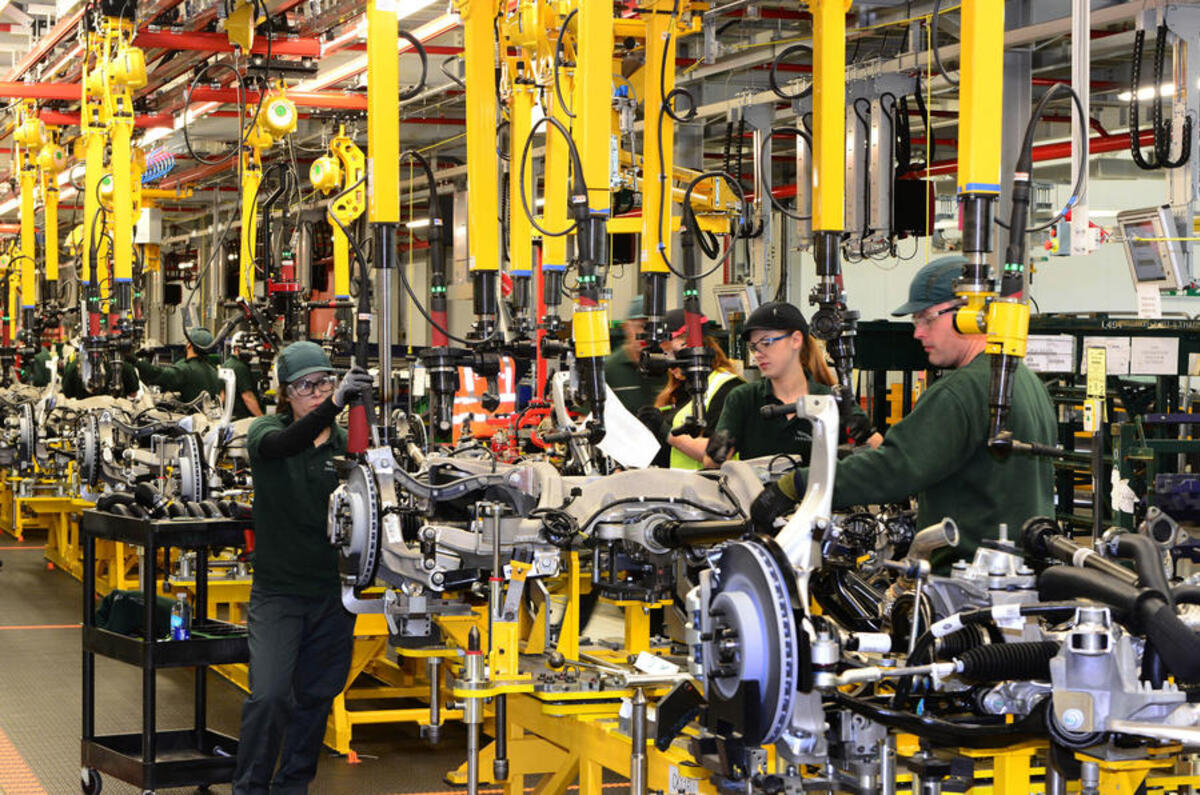The percentage of parts in UK cars from domestic suppliers has grown to a new peak, at 44% compared with 41% in 2015.
The Automotive Council has uncovered the new figures, which equate to a growth in the segment’s turnover of £3.7 billion since 2011, an increase of 41%.
The Council pegs the increase as the outcome of a long-term trend in the car industry, figureheads of which have expressed profound concern since the UK’s vote to leave the European Union (EU).
This growth is broken down into four parts, with exhausts, large and small pressings and plastics growing since the study’s last dip into the industry two years ago. A 60% increase in local production output is mooted.
The council also claims that a domestic parts industry boosts profitability and productivity in UK-based car plants, and will help to safeguard the UK’s car industry from strangled investment from manufacturers as Brexit negotiations take hold.
Boss of the Society of Motor Manufacturers & Traders (SMMT), Mike Hawes, said: “The domestic supply chain is the backbone of UK Automotive and its health is crucial to the success of the whole sector. While it is good news that British cars are becoming more British and re-shoring efforts are enjoying success, the process takes considerable time. To grow our supply chain further, the long-term competitiveness of the UK must be maintained.”
Read more:
Autocar to announce car industry's top 100 Great British Women on Wednesday
Jaguar Land Rover achieves record sales and revenue in 2016
UK car industry: Brexit deal among automotive priorities for next government





Join the debate
Add your comment
Domestic supply
As regards exchange rates, look at graphs of how the £ has tanked against the US$.
Strong dollar
Or how the Euro has tanked against the US$. Apr 14 was 1.38 to 1.05 in Dec 16
xxxx wrote:
Exactly. If Juncker and his fellow gangsters continue to treat our leaving as racketeers seeking reprisals against a business which has ceased to pay their protection money, the acrimonious split which will ensue shall hurt the EU far more than it would hurt the UK.
Percentages
It is a positive trend, but how likely is the trend to continue when the largest UK OWNED company is Morgan. Unless of course Sterling keeps collapsing in value to it's true level with the miasmic Brexit mess.
Hardly "still collapsing"
Since when is sterling still collapsing?? Election was a blip after a steady sterling recovery!
Sterling
Sterling has been steadily falling since 2015 and most notably since mid last year. The long term trend is downward if you look back over the last 5 years
Exactly, 5 years ??
Which is my point regarding the initial statement " sterling still collapsing" which was linked to " with the miasmic Brexit mess".
Also, I looked back 5 years the Sterling Euro rate was 1.17 it's now 1.14 hardly a collapse!
4 years